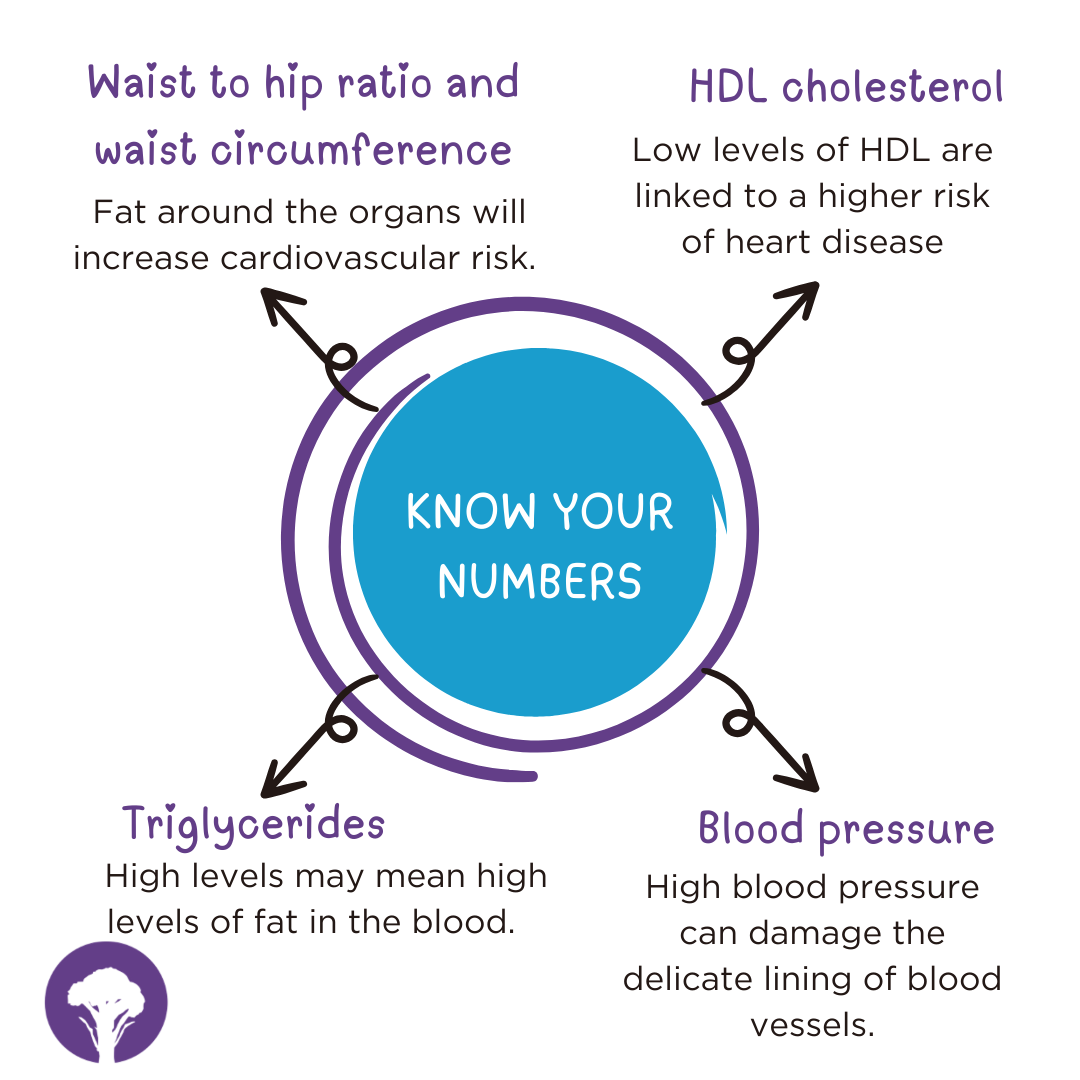
This blog was inspired by an article written by a lady who had a heart attack at the super young age of 42. She did have high cholesterol and some significant family history but it really highlighted to me that ‘knowing your numbers’ is a good thing. I am generally a cautious tester for various reasons. It can make clients anxious and there is often a lot of work you can do just based on a client’s diet and lifestyle questionnaire. However knowing certain key health numbers can also save a life, help with motivation and direct a client’s protocol for maximum support.
Here are the top line numbers we should be aware of and why.
Known as the good cholesterol, low levels of HDL are linked to an increased risk of heart disease. Cholesterol has a metabolic cycle in the body and if this is functioning well your LDL (known as ‘bad’ cholesterol) will be converted to HDL (known as ‘good’ cholesterol) and returned to the liver with any excess being excreted. It’s the overall pattern and clinical picture that matters so if you are unsure what your numbers mean it’s best to talk to your GP or health professional.
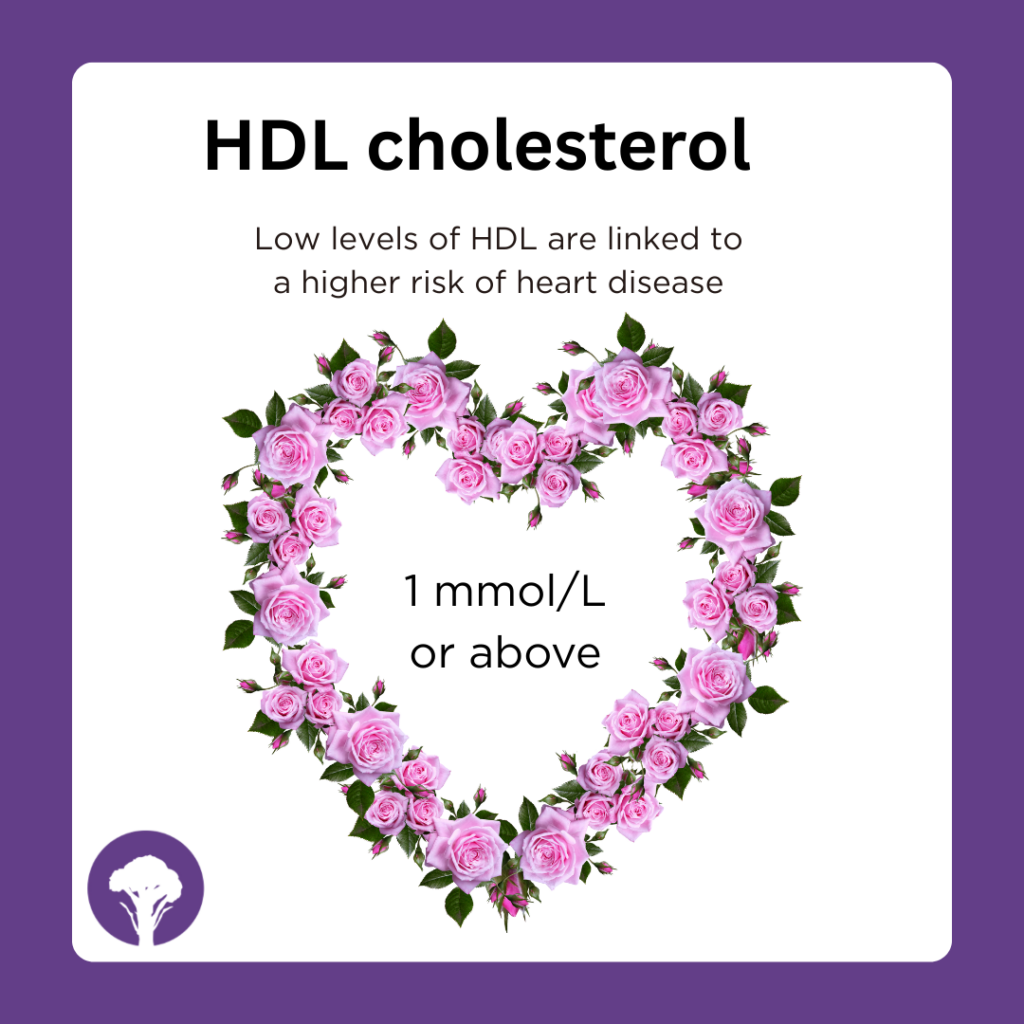
High triglyceride levels can indicate elevated levels of fat (lipids) in the blood. This figure is measured with a blood test. Remember that fat in the body is not just from fat in the diet. Any sugar that we eat in the diet that the body can’t immediately utilise for energy will be converted to fat. Sugar in the diet is not just from fruit or added sugars such as honey, syrup, sugar etc. We also convert starch from grains and vegetables to sugar during the digestive process and subsequently to fat if your cells and sugar stores (glycogen) are already full. The more processed and refined the food, the quicker this conversion happens.
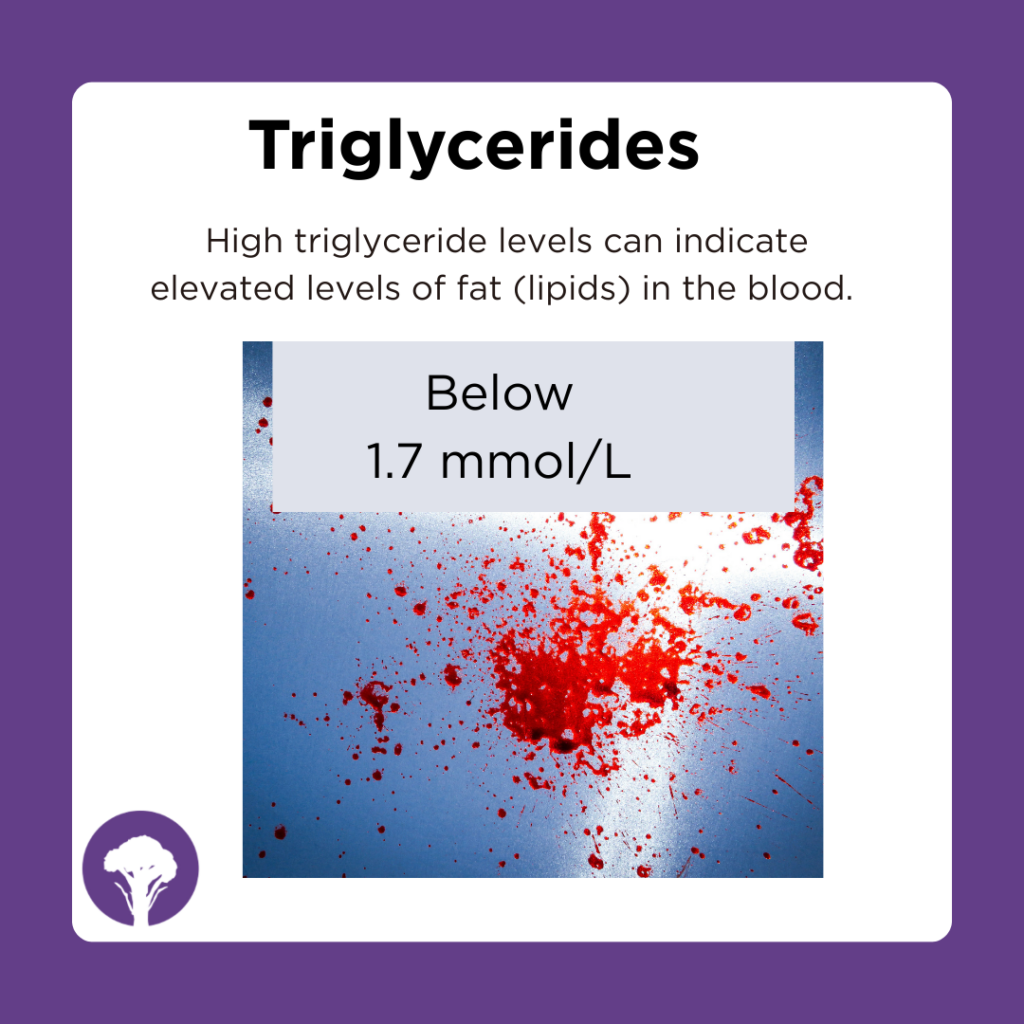
High blood pressure stresses your heart and blood vessels, which increases the risk of cardiovascular disease. Healthy blood pressure is a marker of overall metabolic health. We need to manage stress, exercise regularly and maintain a healthy body fat percentage to regulate our blood pressure.
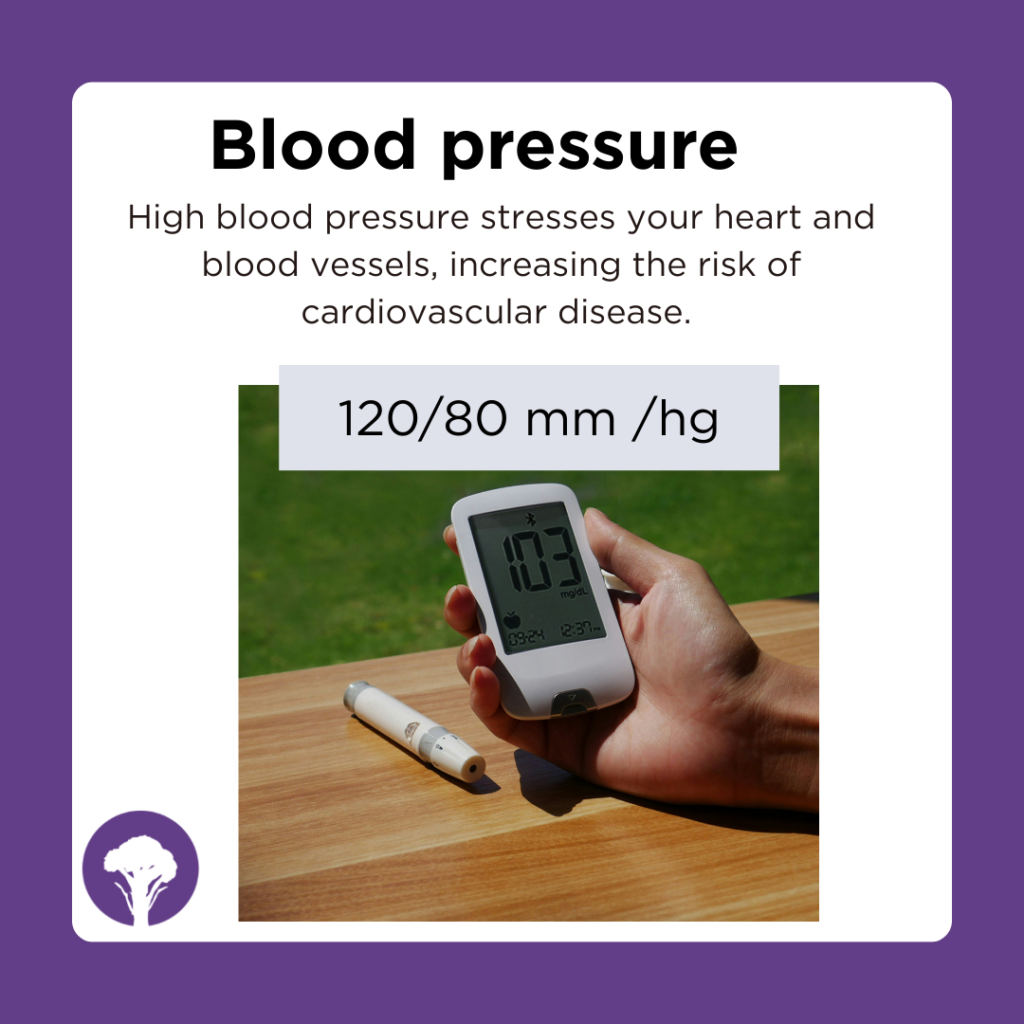
Divide your waist circumference by your hip circumference to obtain your WHR.
WHR measures the ratio of your waist to your hip circumference. It determines how much fat is stored around the waist, hips, and buttocks. It is an easy, inexpensive, and generally accurate way to assess the body’s proportion of fat. This is important as not all excess weight carries the same health risks. It can help predict your risk of heart disease and diabetes when reviewed alongside other health markers.
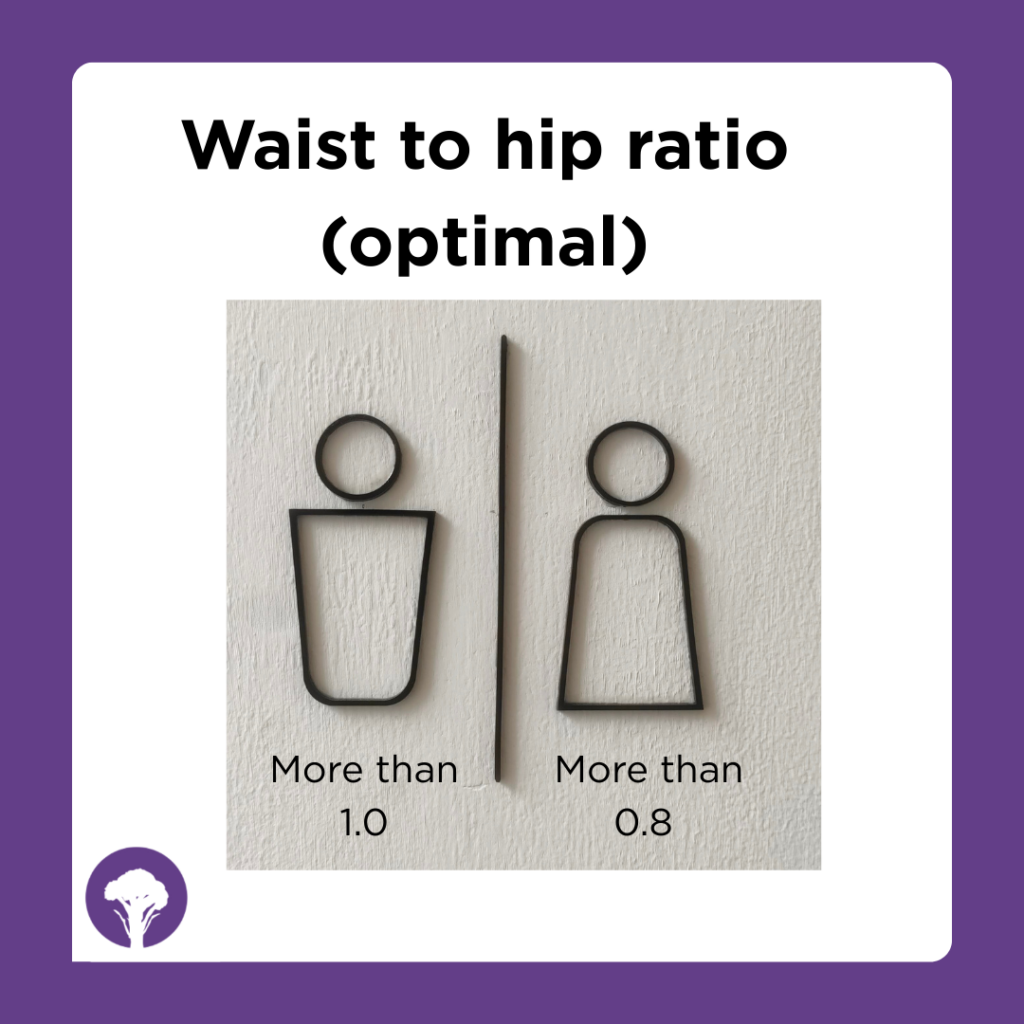
This is another marker for assessing abdominal obesity which is associated with increased health risks and metabolic conditions such as diabetes and heart problems.
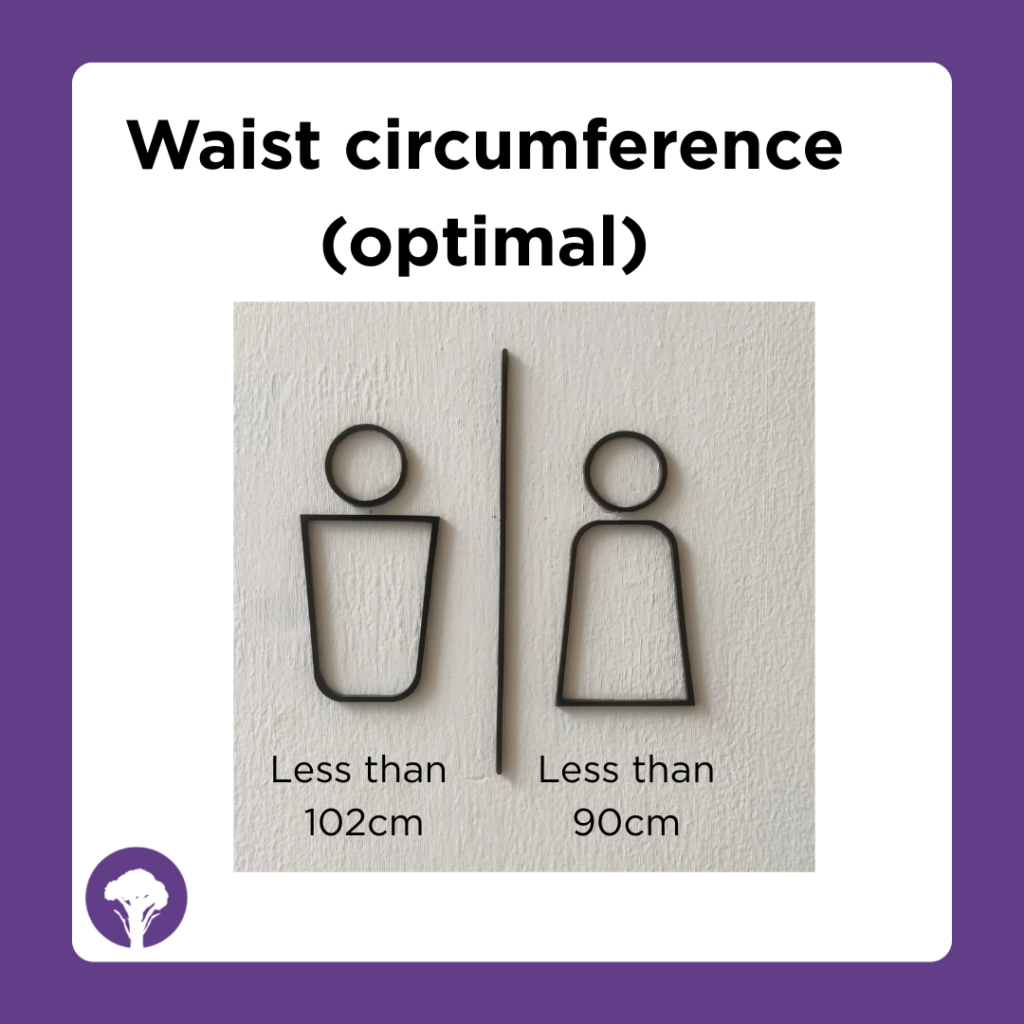
I hope you have found this guide to your top-level health markers useful. Remember no test is perfect and no test can fully convey the complexity of your health. To understand your full health picture there are many factors to take into account including information about your diet and lifestyle.
My next blog will summarise how to improve the body’s blood fat picture.
You can read the full article that prompted this blog here: https://www.womenshealthmag.com/uk/health/conditions/a64363807/young-heart-attack/




